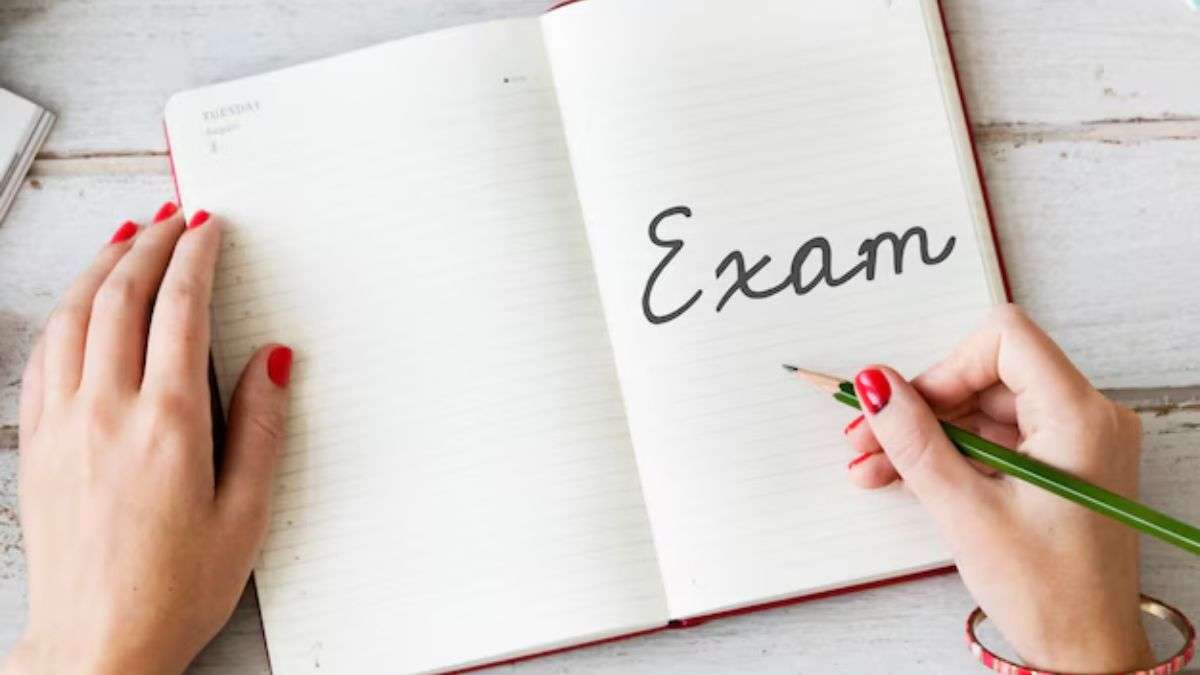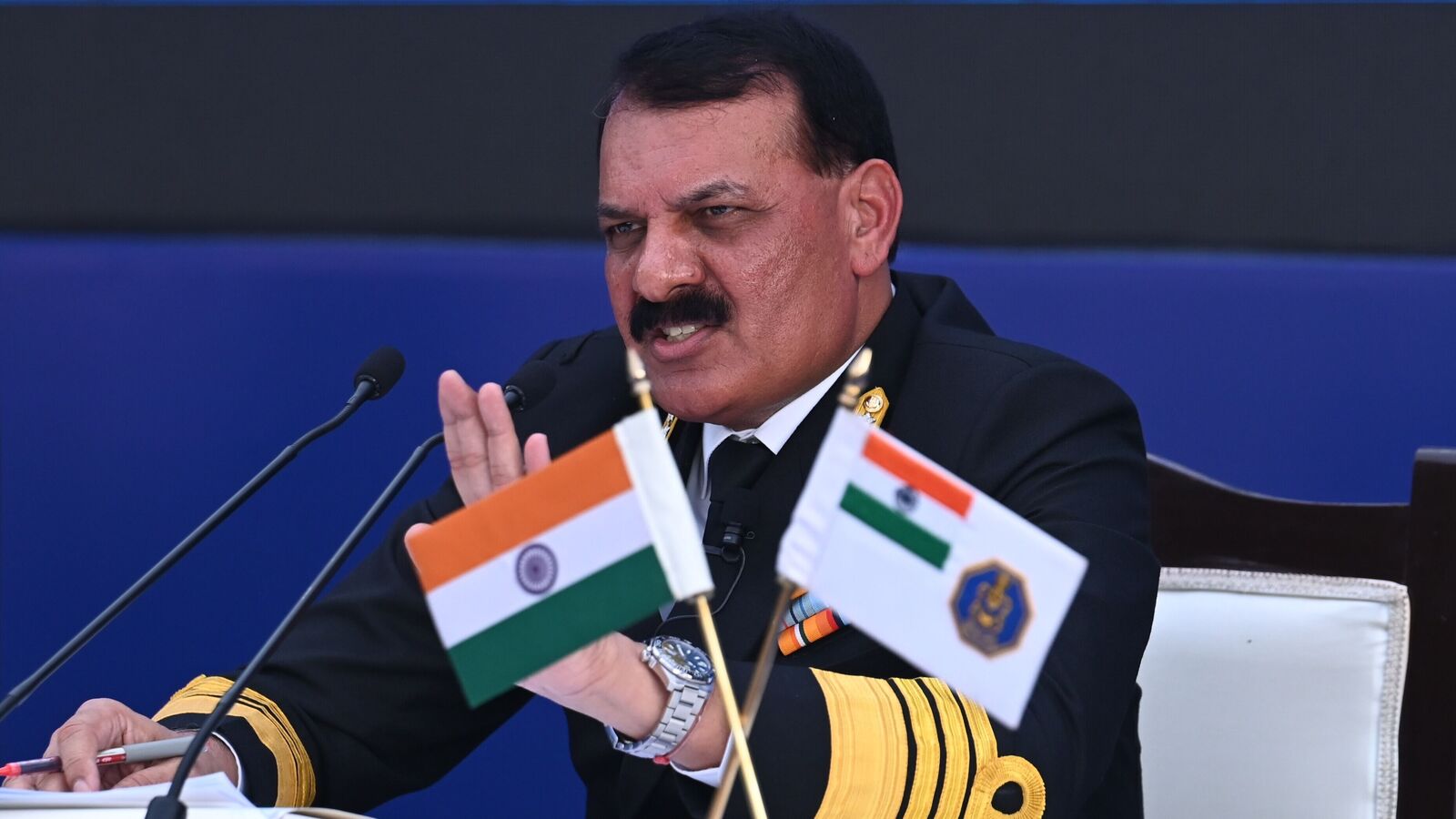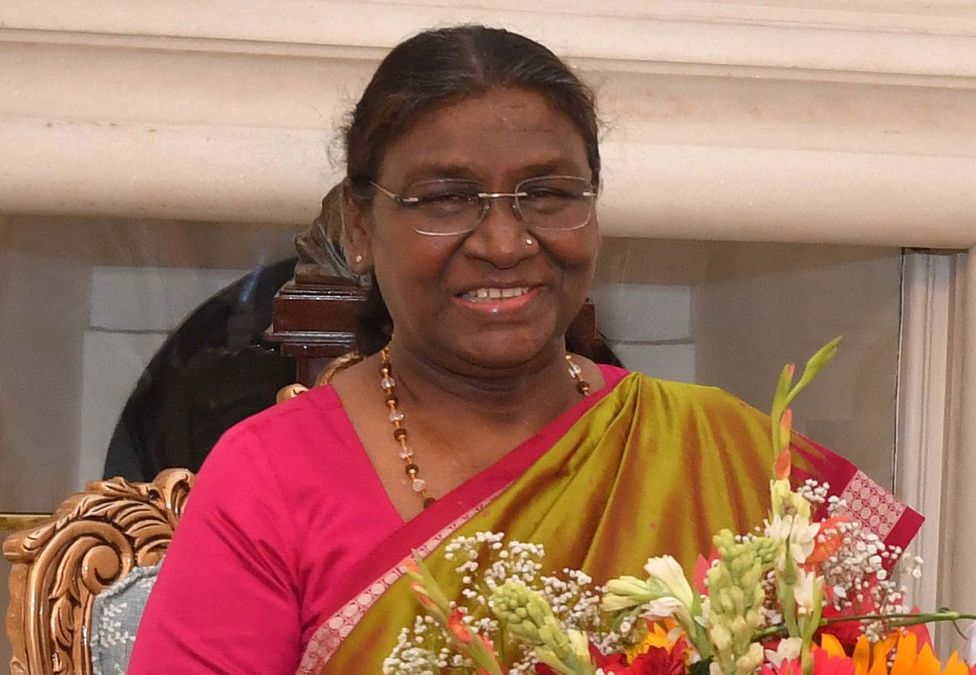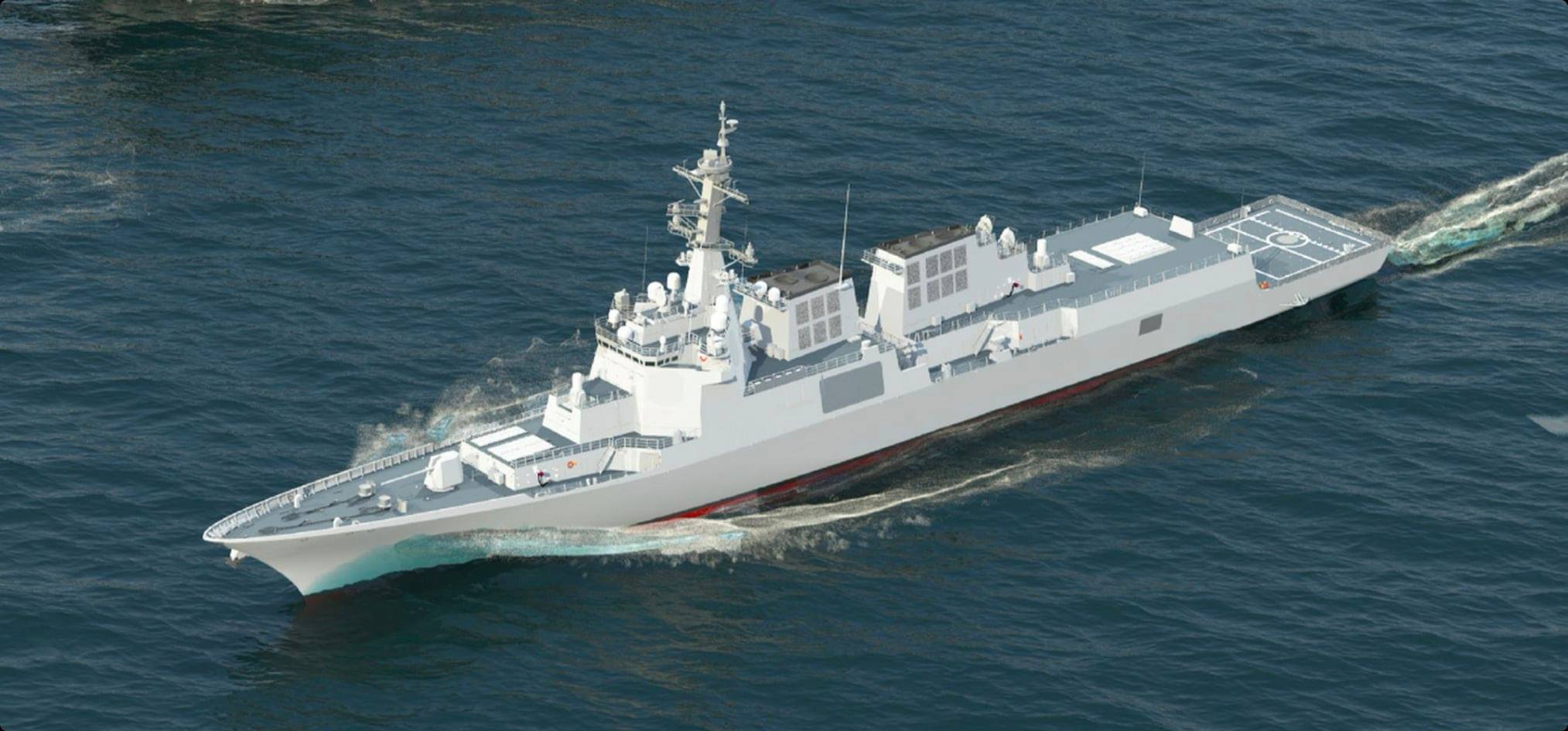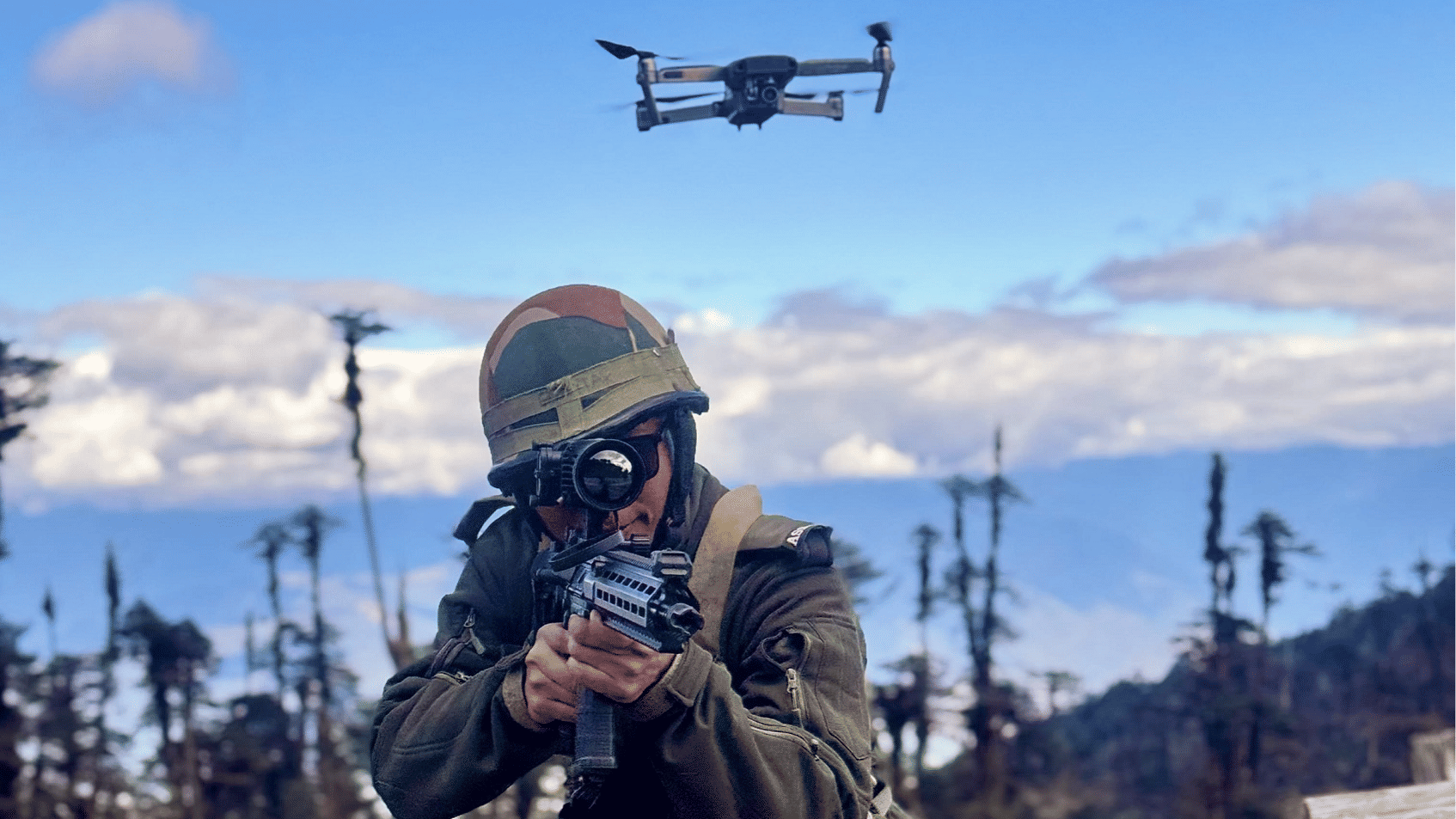Airforce Agniveer Admit Card 2024 to Be Released Soon
The Indian Air Force is preparing to launch the recruitment exam for Agniveer Vayu Intake 02/2025, with the admit cards…
India Achieves Milestone by Launching Nuclear Missile from INS Arighaat
India has successfully demonstrated its missile capabilities with a recent launch from the nuclear-powered submarine INS Arighaat, further solidifying its…
Indian Navy to Host 2,500 km Bike Rally in Tamil Nadu for Navy Day Celebrations
In a vibrant display of camaraderie and maritime pride, the Indian Navy is set to host the Sea Riders Odyssey…
President Droupadi Murmu to Visit Odisha for Official Programs and Navy Day Celebrations
Bhubaneswar is set to welcome President Droupadi Murmu, who is scheduled to arrive tomorrow for a five-day visit that includes…
ROK Navy Receives Delivery of New Aegis Destroyer ‘Jeongjo the Great’
The Republic of Korea Navy has officially received its latest 8,200-ton Aegis destroyer, named “Jeongjo the Great,” from HD Hyundai…
Indian Army Showcases Indigenous Drone Innovations at Exercise Poorvi Prahar
Kolkata, India - In a significant demonstration of the Indian Army's commitment to self-reliance and technological advancement, the Eastern Command’s…

